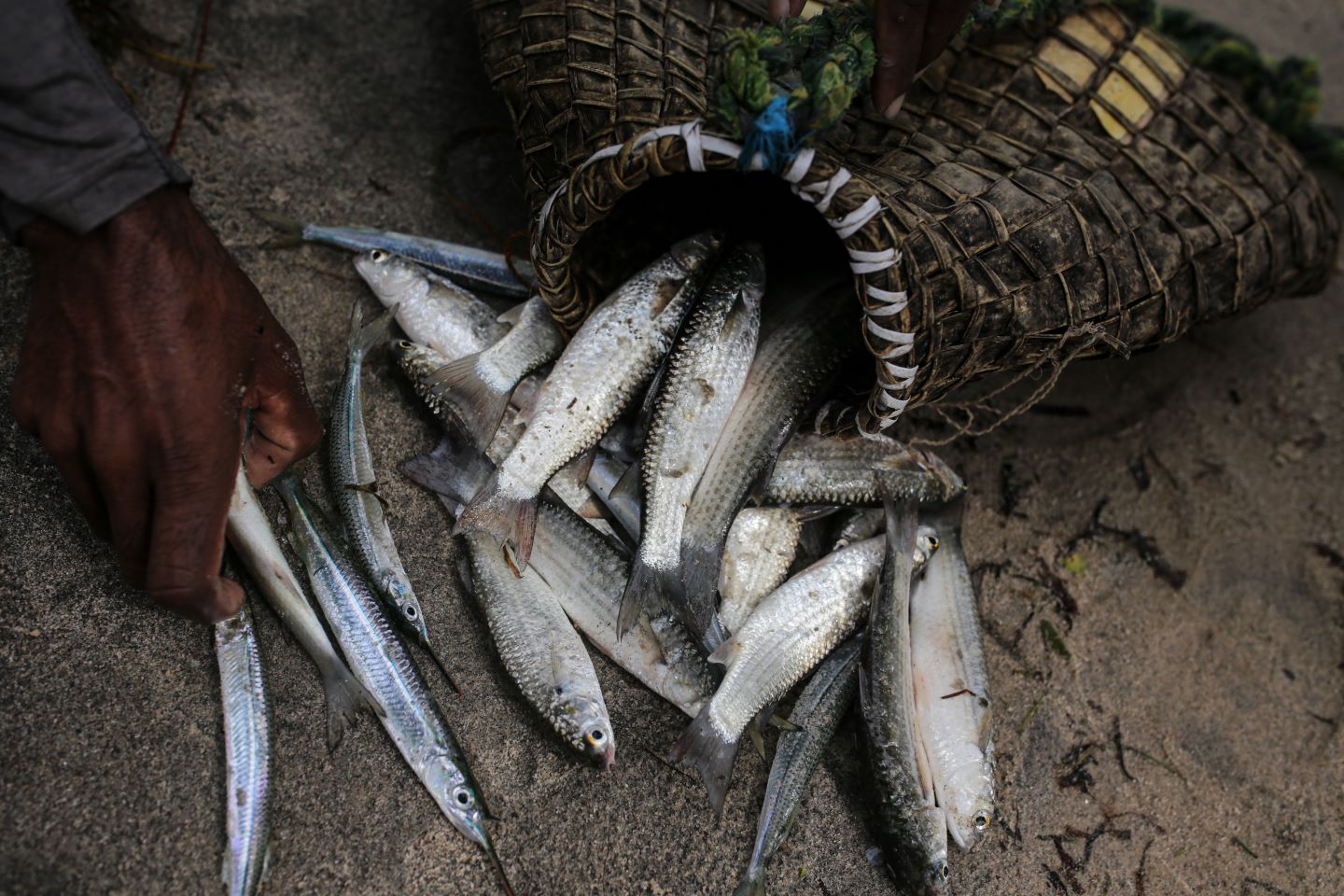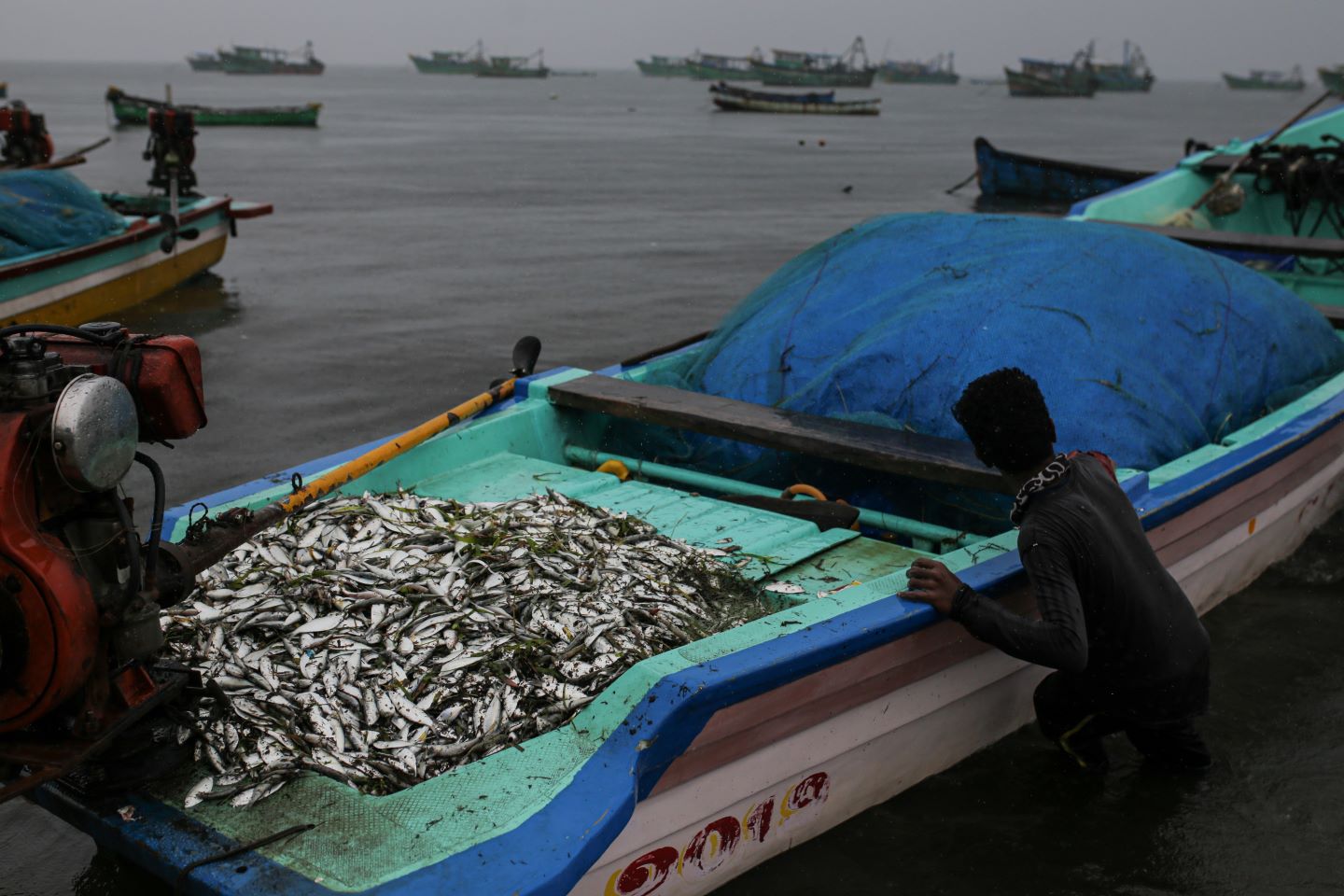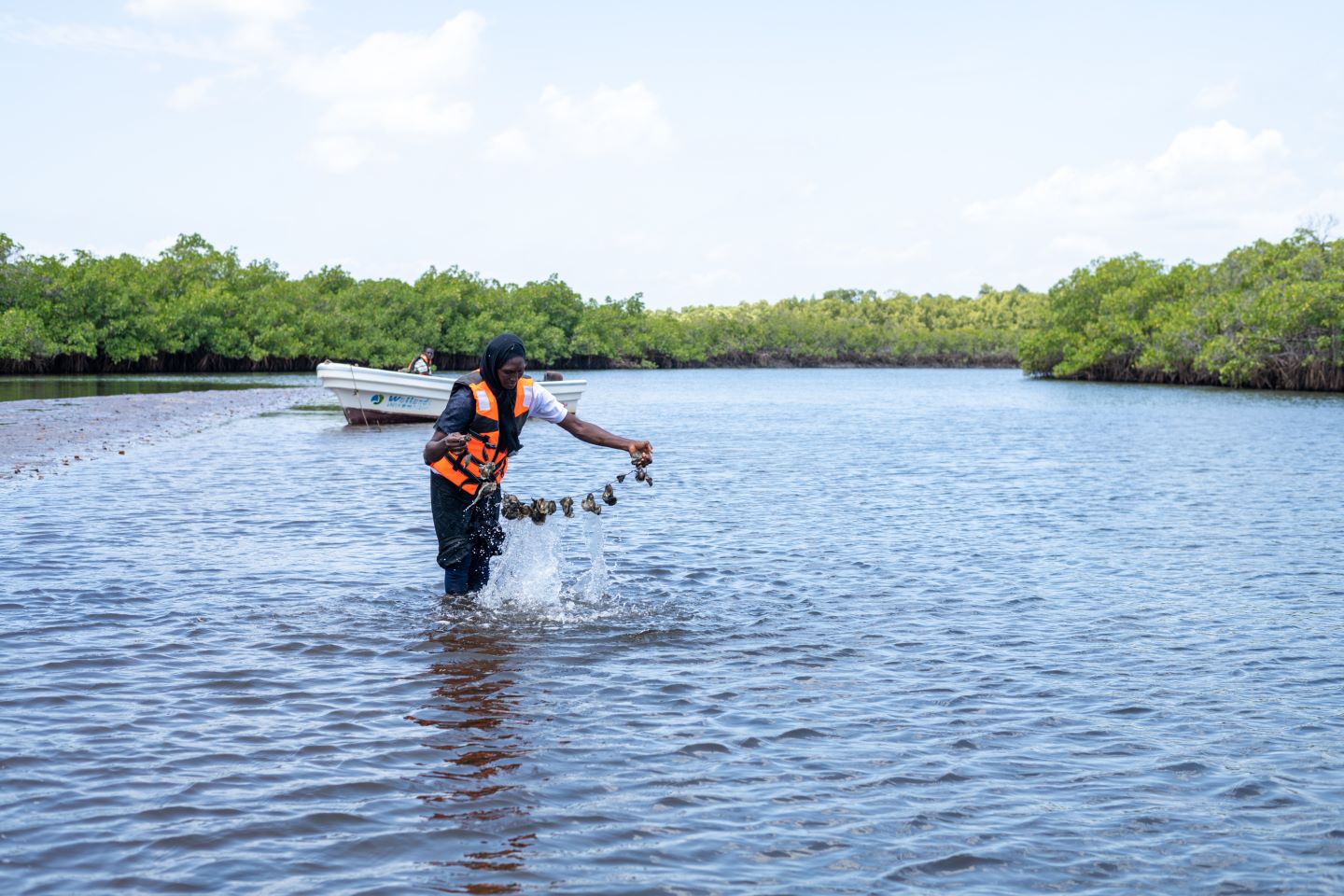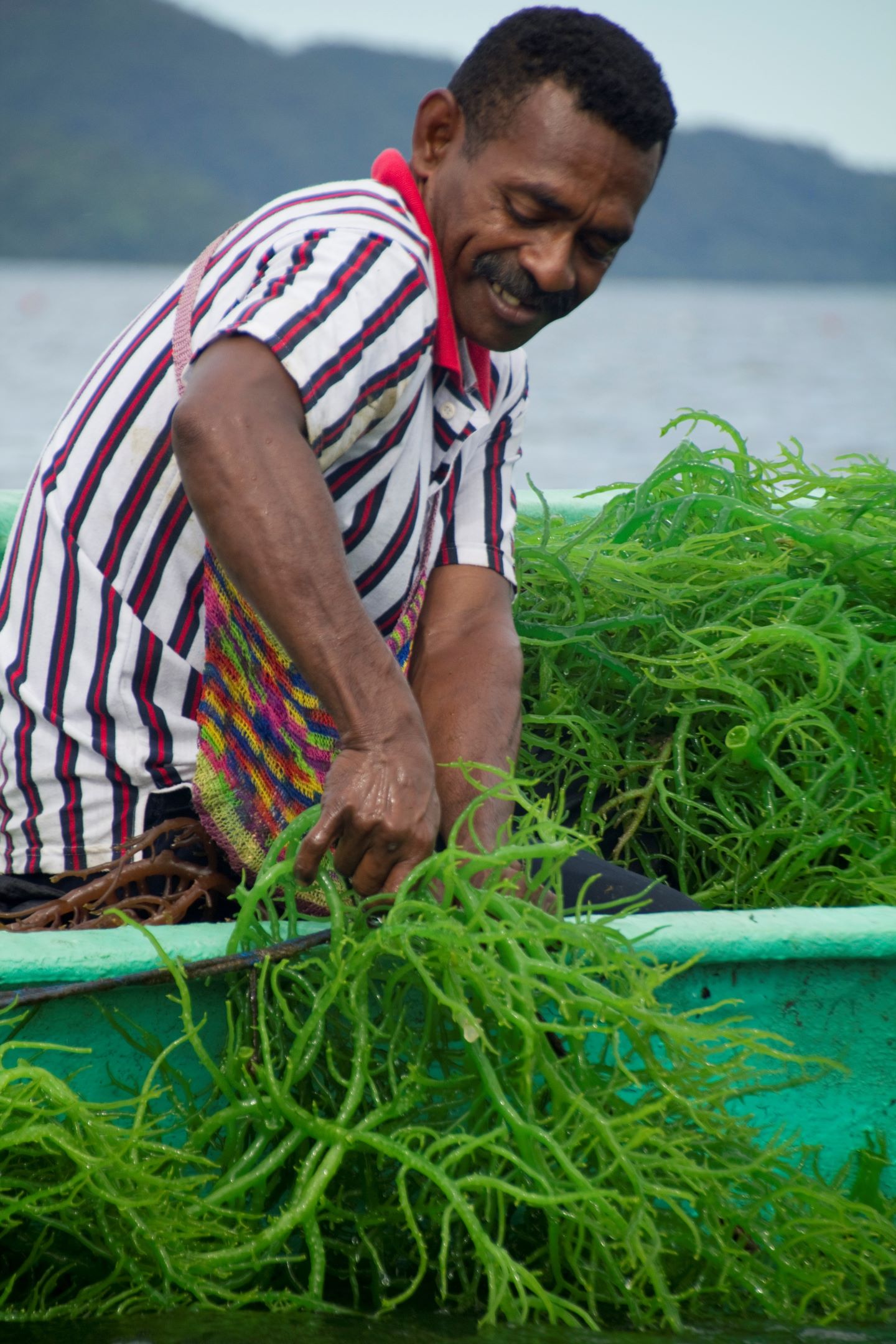Four ways small-scale fishers can help us weather the climate storm
IFAD Asset Request Portlet
Asset Publisher
Four ways small-scale fishers can help us weather the climate storm
Estimated reading time: 4 minutesClimate change and environmental degradation are posing an unprecedented threat to fisheries. Changing rainfall patterns are transforming fish habitats and reducing production. Storms and cyclones are getting increasingly powerful and frequent, causing destruction in coastal communities.
Global heating is changing water quality and ocean and lake circulation patterns. Warmer water absorbs more CO2, making it more acidic and harming many aquatic species. Rising water temperatures also damage coral reefs—since 1950, half of these spectacular and productive marine habitats have been lost.

© IFAD/Dhiraj Singh
For many of the world’s poorest, fishing and aquaculture are crucial parts of a healthy diet. About 3.2 billion people get a fifth of their animal protein from aquatic foods like cod and sardines, while aquatic plants, such as seaweed, provide many healthy nutrients.
What's more, around 60 million people are employed in the fisheries and aquaculture sector globally, and over 80 per cent of them are small-scale producers, mostly in developing countries. For many, climate change is a genuine threat to their way of life.
Here are four ways small-scale fishers are weathering the climate change storm – and becoming part of the solution.
1. Fishers mitigate against climate change

Fishing and aquaculture generally emit less greenhouse gas per unit of protein than other food industries, while small-scale fishers tend to employ lighter boats that are often powered by wind sails. Even when these are motorized, they are usually used for short trips and don’t use much fuel.
Lake Victoria is Africa’s largest inland fishery, supporting over 800,000 fishing families. IFAD works with these communities in Kenya, Tanzania and Uganda to help them fish sustainably by using solar energy to catch and preserve fish. This will not only cut emissions by eliminating the use of kerosene-powered fishing lamps, it will also reduce post-harvest losses and make it easier for rural people to access healthier fish products.
In Djibouti, solar-powered fridges keep fish fresh all the way to market.
2. Fishers adapt to climate change
IFAD helps small-scale fishers adjust how they work to adapt to a changing climate while protecting critical habitats, monitoring stocks and even closing off fishing periods to protect young and breeding species.
In Angola, temperatures are rising and rainfall is variable, causing both floods and droughts. With the help of AFAP, artisanal fishers are making their fisheries more sustainable. They monitor fishing activities and have stopped using nets that capture young fish. Fishers have also set up new sanitation facilities at landing sites to improve food safety and get better prices for their fish.
In the Philippines, fishers patrol their waters to put a stop to exploitative fishing.
3. Fishers restore ecosystems

Mangroves, seagrass beds and salt marshes are natural habitats for the aquatic species that fishers rely on. They also protect coastal communities against extreme weather by buffering coastlines from storms, preventing floods and erosion, and improving water quality. What’s more, they remove and store atmospheric carbon at much greater rates than terrestrial ecosystems.
In Eritrea, fishing communities have developed “social fencing” accords in which they collectively agree to not exploit protected areas. By setting up mangrove nurseries, and replanting trees, they’ve increased mangrove coverage by 86 per cent. And they’re moving from subsistence fishing towards diversified livelihoods, including fishing sustainably, producing organic fertilizer and collecting honey from the mangrove.
In Senegal, women fishers conserve mangroves and harvest oysters and honey.
4. Fishers build resilience
By diversifying the range of species they cultivate through aquaculture, fishing communities are not reliant on a single product. This makes them resilient against new conditions, like changing fishery patterns and the effects of climate change.
For example, seaweed is high-value, easy to grow and yields nutritious foods for humans and animals alike. It’s also a source of fertilizer and biofuels, which helps reduce dependency on fossil fuels.
Working with AFDP, coastal communities on the island of Zanzibar in Tanzania are growing native strains of seaweed that are more resilient to climate impacts. With the project’s help, they are improving the quality of seaweed seeds, investing in production methods that increase yields and save labour, and devising ways to process and add value to seaweed products.
In Nigeria and Ghana, cage aquaculture gives a greener way to farm fish.

© IFAD/Joanne Levitan
Small-scale fisheries are an essential part of a sustainable future. They have the power to feed the world while conserving marine resources – if they get the support they need. IFAD is committed to helping small-scale fishers adapt to climate change, protect the ecosystems they depend on, and build thriving rural communities.